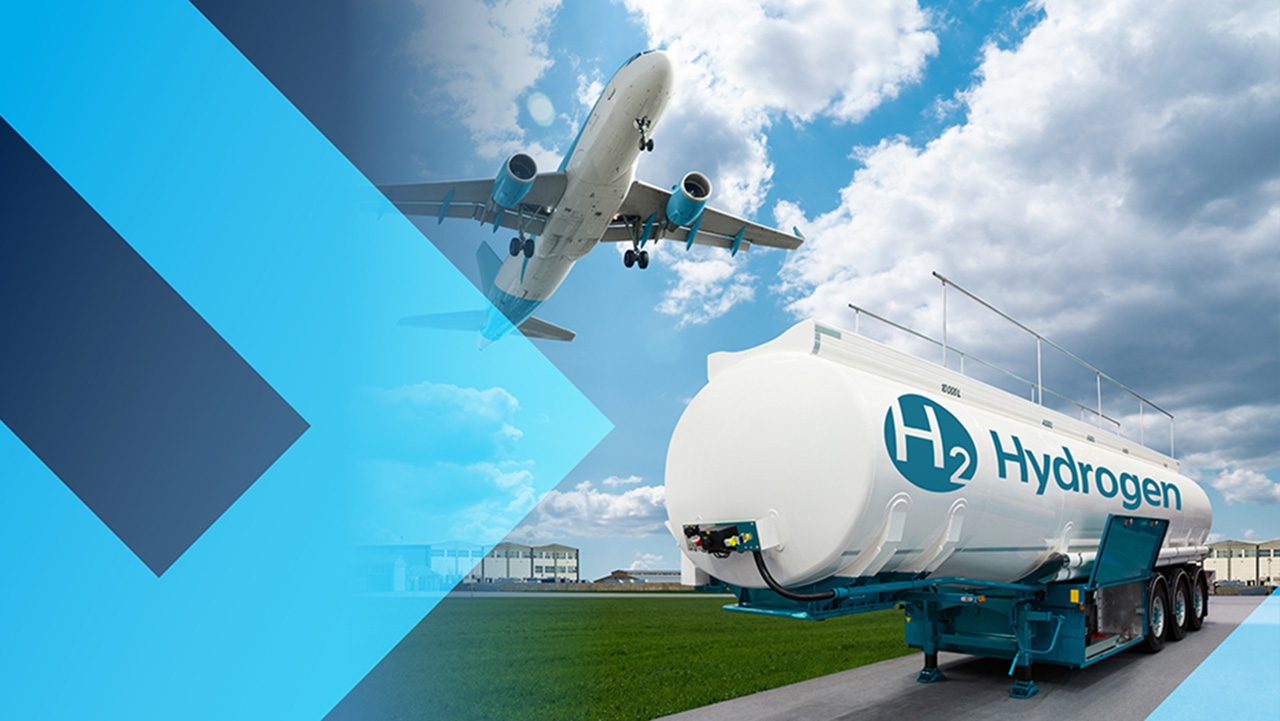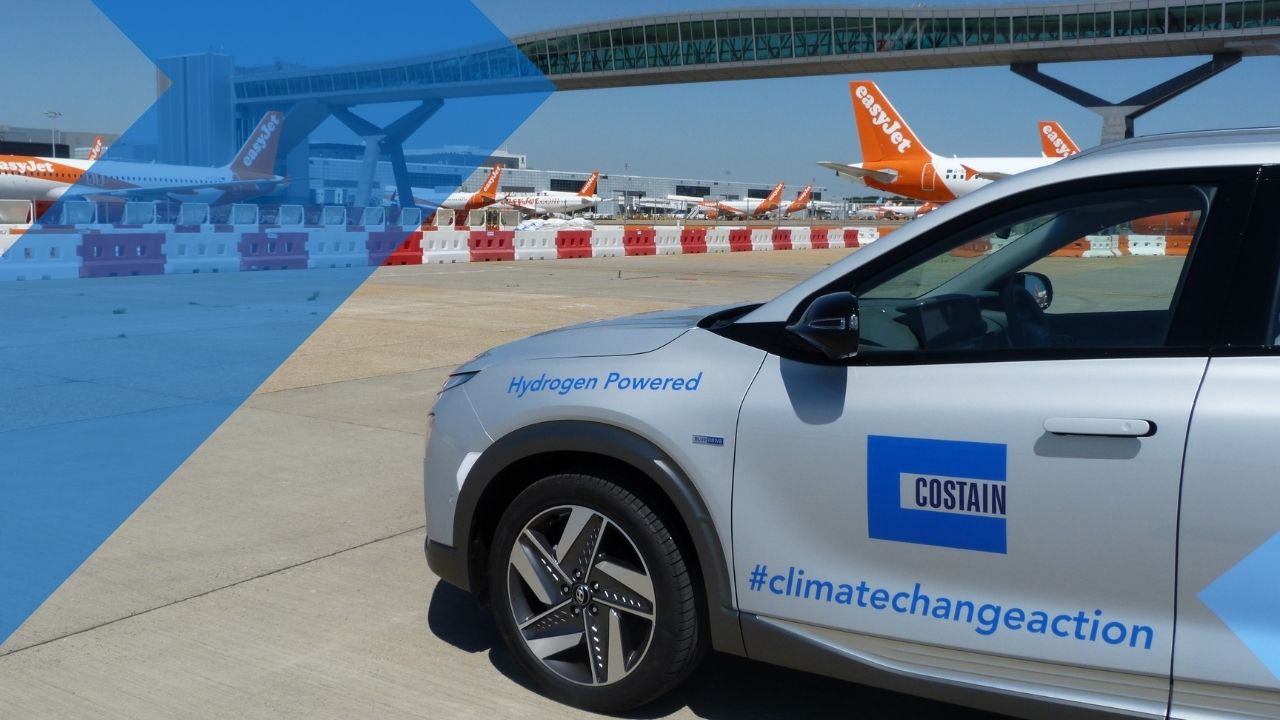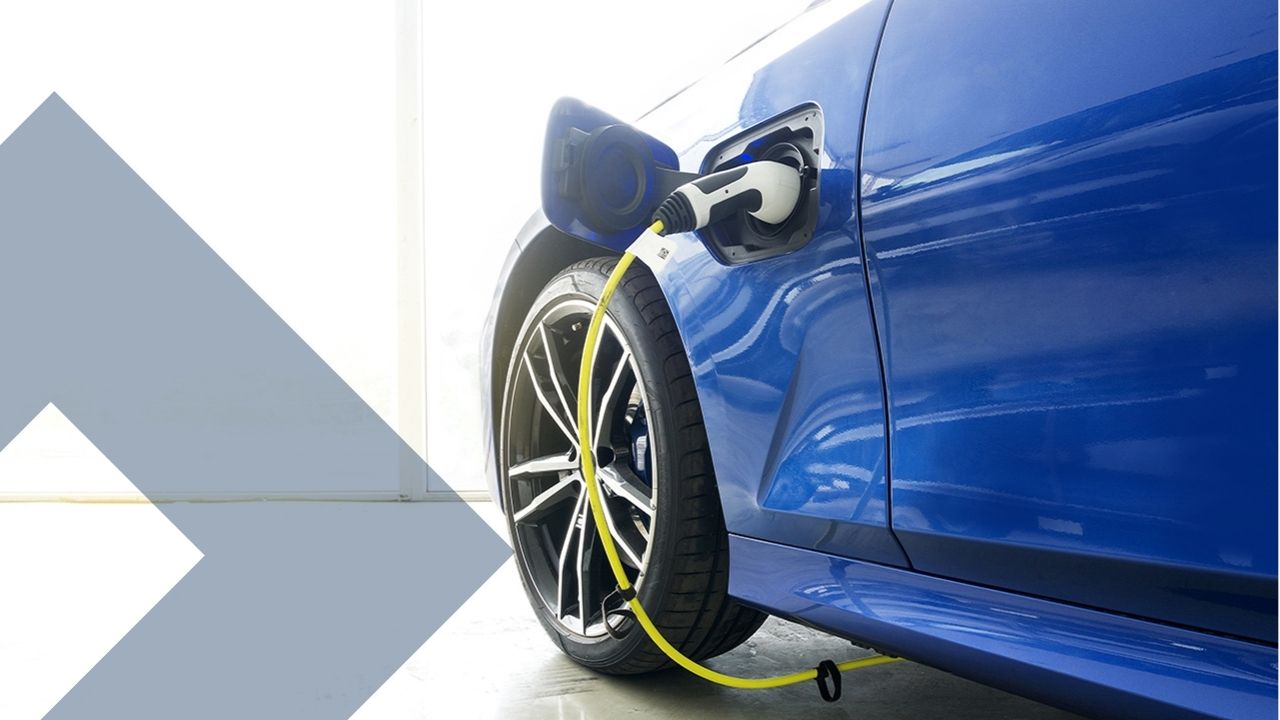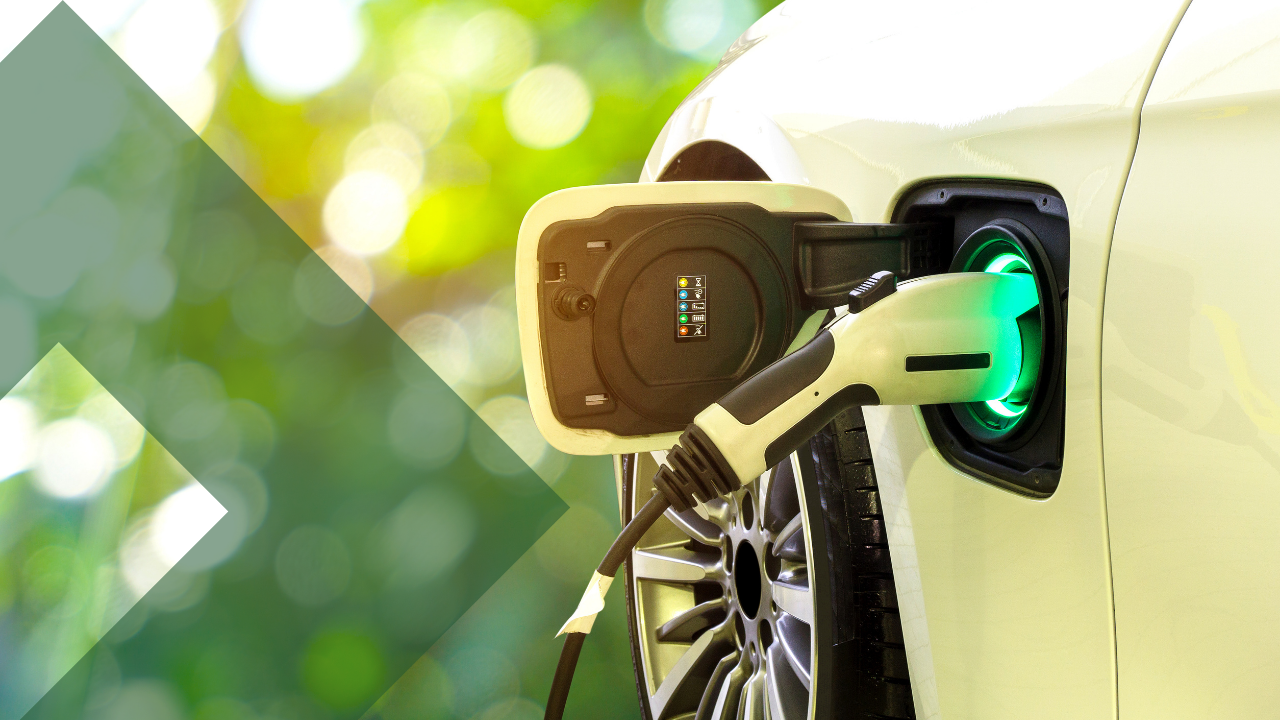Insights

Engineering Matters Podcast #269 The Pipeline to Net Zero
What are the engineering challenges that need to be overcome to create systems that can carry carbon dioxide, hydrogen, as well as ammonia and biogas at scale? And how can we take advantage of legacy pipeline infrastructure in historic industrial regions and bring new opportunities to local economies?

Taking a systems-thinking approach to tackle water sector challenges
It’s clear the water sector faces profound challenges in the coming years and decades, from climate change to growing customer expectations, as well as concerns about affordability. With all eyes on PR24, Costain and British Water hosted a series of industry panel events to spotlight these challenges and discuss how the industry can work collectively to deliver more for customers and the environment.

Powering aviation with hydrogen
The aviation sector accounts for 6% of all UK greenhouse gases. It’s therefore unsurprising that a key challenge the country faces is ensuring that the sector plays its part in supporting our march to net zero by 2050. The recently announced Jet Zero strategy is central to tackling this challenge.

We’ve agreed a net zero target by 2050 but have we agreed a technically deliverable plan to get there?
It is widely accepted that the way we fuel our cars, heat our homes and generate power, needs to change if we are to meet our decarbonisation commitments and address the developing climate crisis. An initial emphasis on electricity-based solutions has promoted the rise in popularity of electric cars, and more recently installation of heat pumps in homes.

Solving storm release spills with systems thinking
The recent press coverage around sewage spills into watercourses has highlighted the scale of the challenge faced by water companies coping with the impacts of climate change and population growth. Delivering a better service to customers and the performance improvements required by Ofwat through the Outcome Delivery Incentives (ODIs) are driving the need to innovate and implement affordable solutions at pace.

The role of digitalisation in achieving net zero
Few people would dispute the fact that the planet is fast-approaching a ‘tipping point’ when it comes to carbon emissions, which explains why achieving net-zero greenhouse gases by 2050 if not before, isn’t just a UK target, but a legally binding responsibility. This ambitious decarbonisation commitment will force multiple industries to undergo transformational change, and a shift in mindset and approach is key among organisations large and small. But what role will digitalisation play?

Fleet decarbonisation - Filling the gap to net zero with hydrogen
In my previous blog, I talked about the challenges that fleet managers face when considering the transition to electric vehicles. However, for many organisations with fleets that include heavy duty vehicles, there’s further head scratching to be done.

The journey to zero tailpipe emissions
On zero emissions day, our #netzeropioneer Mark Ashenden, plant and transport supply chain manager talks about Costain’s approach to decarbonising its fleet.

Why it’s time to start accelerating the decarbonisation of your fleet
2030 is the milestone that many public and private sector organisations have circled in their diaries as the year when their vehicle fleet operations will be zero tailpipe emitting – Costain among them. Our Car Fleet Transition Plan outlines the steps we are taking to ensure we achieve a fully emission free fleet both for our company cars and car allowance fleets by 2030.

10 Point Pod - Carbon capture, use and storage
When the UK Government released its Ten Point Plan for a Green Industrial Revolution in 2020, it included carbon capture, storage and usage as point number eight. Although the capture and safe storage of carbon dioxide has been discussed as an option for combatting climate change for many years, it is yet to come to fruition in the UK. So what is different this time round? What do we need to reach the Government aim of 10 million tonnes of storage capacity by 2030?

